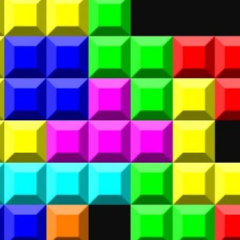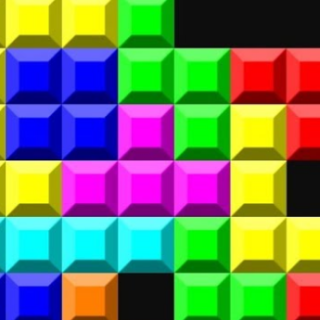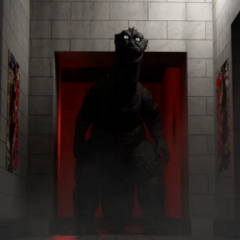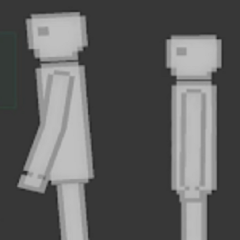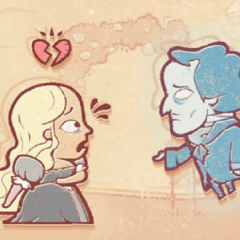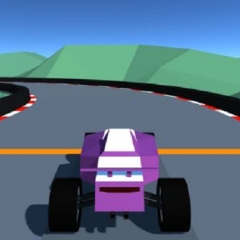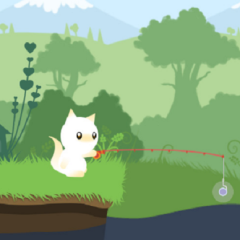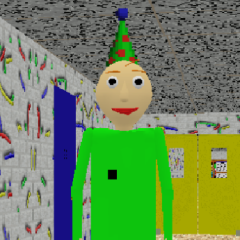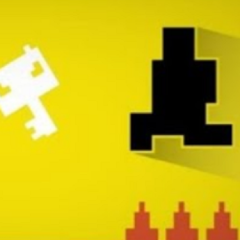Tetris is a puzzle game based on stacking falling geometric shapes called tetrominoes. These shapes appear at the top of the screen and descend at a fixed pace, which increases as the game progresses. The player must rotate and position each piece to create complete horizontal lines. When a line is completed, it disappears, and the remaining blocks shift downward. The goal is to keep the screen from filling up, as the game ends when the blocks stack beyond the top of the play area.
Strategy and Increasing Difficulty
Early in the game, players can take their time to plan placements and set up line clears. As the speed increases, decision-making becomes more immediate. Advanced strategies include stacking for a four-line clear, known as a Tetris, or creating patterns that allow for repeated line removals with minimal gaps. Mistakes such as misplacing a block or leaving a space can result in long-term problems if not corrected quickly. Timing and spatial awareness are key, especially at higher speeds.
Scoring and Endurance
Scoring is based on the number of lines cleared and the method used to clear them. Clearing multiple lines at once gives more points, encouraging players to build efficiently rather than clear one line at a time. Some versions of Tetris include score multipliers or level bonuses. There is no final level; the challenge is to survive as long as possible. The game continues until the player can no longer manage the speed and the field becomes unmanageable.

